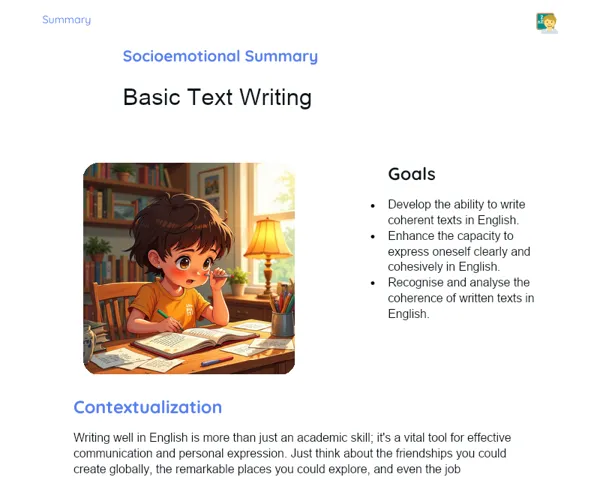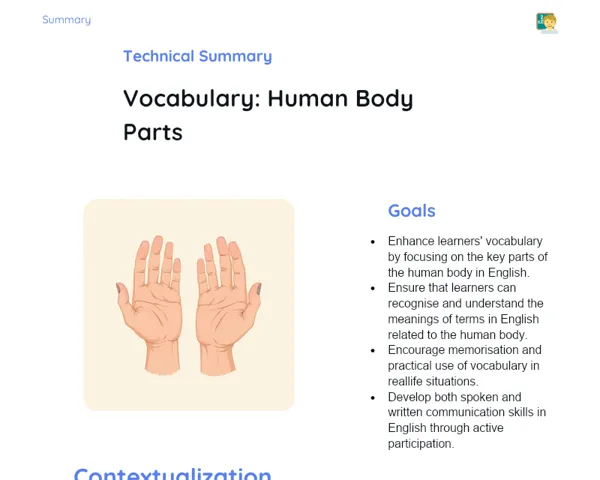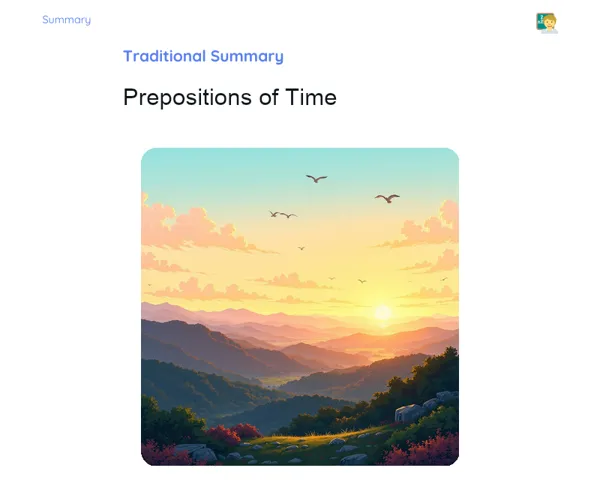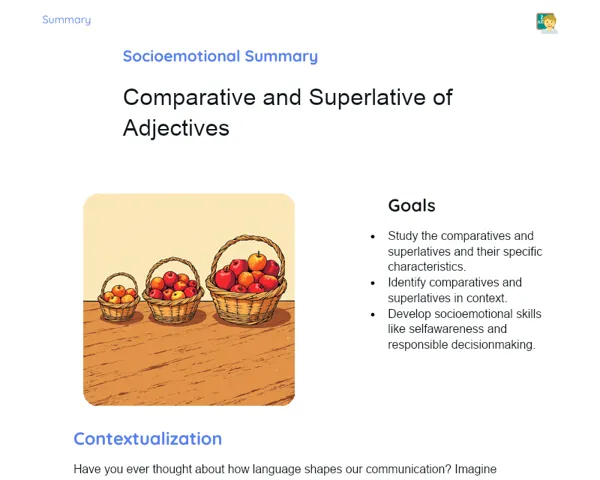Goals
1. Identify numbers in English, including both cardinal and ordinal forms.
2. Distinguish between cardinal and ordinal numbers in different situations.
3. Change ordinal numbers to cardinal numbers and vice versa.
Contextualization
Numbers are a vital part of everyday conversation in English. They pop up in many situations, from counting items to specifying dates and times. Having a solid grasp of numbers can make daily tasks smoother, such as shopping, planning events, or even working across borders. Just think of the chaos that could ensue if you mixed up a phone number or misquoted a price at work! In fields like administration, business, tech, and healthcare, numbers play a key role in tracking inventory, analysing data, and scheduling appointments.
Subject Relevance
To Remember!
Cardinal Numbers
Cardinal numbers are what we use to count items or show quantities. They are essential for many everyday and professional tasks, such as shopping, managing stock, and presenting numerical data in reports.
-
Used for counting and indicating quantities.
-
Examples: 1 (one), 2 (two), 3 (three), etc.
-
Key for tasks related to inventory, sales data, and analysis.
Ordinal Numbers
Ordinal numbers indicate the position or order of items in a sequence. You’ll often find them used in contexts like races, rankings, and scheduling, where the arrangement of events or items is significant.
-
Indicate the order or position of items in a series.
-
Examples: 1st (first), 2nd (second), 3rd (third), etc.
-
Important for events such as races, rankings, and planning.
Number Conversion
Being able to convert between cardinal and ordinal numbers is a key skill for accurate communication. Knowing how to switch from a cardinal to an ordinal number (and vice versa) is especially handy when organising events or ranking lists.
-
Convert cardinal numbers to ordinal numbers and vice versa.
-
Example: 3 (three) becomes 3rd (third).
-
Vital for organising events and accurately ranking information.
Practical Applications
-
Developing sales reports that use cardinal numbers to show quantities sold and ordinal numbers for ranking top-selling products.
-
Planning events, like sporting events, where winners must be listed in order.
-
Evaluating data in professional environments such as marketing and technology, where precision in number communication is fundamental.
Key Terms
-
Cardinal Numbers: Numbers that count items or show quantities (e.g., 1, 2, 3).
-
Ordinal Numbers: Numbers that indicate position or order in a sequence (e.g., 1st, 2nd, 3rd).
-
Number Conversion: The process of switching between cardinal and ordinal numbers.
Questions for Reflections
-
How does accuracy in number usage affect communication in an international workplace?
-
What challenges might arise when converting numbers in professional settings, and how can these be addressed?
-
In what ways can mastering numerical skills impact success in business negotiations?
Practical Challenge: Organising an International Event
In this challenge, you will use your understanding of cardinal and ordinal numbers to organise a fictional international event, mimicking a real-world work setting.
Instructions
-
Form groups of 3-4 learners.
-
Each group selects an event type (e.g., a conference, a sports competition, or a trade fair).
-
List the participants using cardinal numbers for the quantity of entrants from each country and ordinal numbers for the order of presentations or arrivals.
-
Devise a schedule for the event using ordinal numbers to mark the sequence of activities.
-
Present your schedule and participant list to the class, clarifying your use of numbers.



